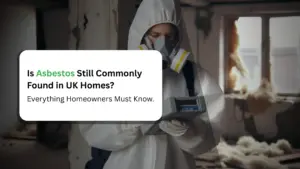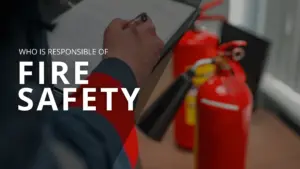It is important for a house to have fire protection. A house can hold a lot of fire hazards and ignoring them is not a good idea. It compromises the safety of the property and people living in the house. Fire safety should be a priority. There are some fire hazards that are pretty obvious but there are others that people barely notice.
If you want to identify all the potential fire hazards then invest in fire safety risk assessment London. The professionals carry out the assessment so they can spot things that people often miss. The assessment identifies the fire hazards and it helps is in eliminating them.
Here are the steps of fire safety assessment that will make sure your house is safe.
Table of Contents
ToggleStep 1: Identifying the Hazards:
Identifying the hazards is the first step to making the place safe for fire accidents. You need to know where the danger lies so you can fix it. It is important that you know the sources of ignition in the house. You should also be aware of sources of fuel as well. Oxygen is highly flammable so you need to be highly careful with sources of oxygen.
Step 2: Identifying People at Risk:
After identifying the hazards you also need to figure out the people you need to protect. It will help in coming up with an effective escape plan. All the people inside and around the premises are a danger if there is a fire. If there are any elderly people or kids in the house you have to consider them while creating an escape plan. Make sure that your escape plan compensates disabled people.
Step 3: Evaluating Risks and Removing Them:
Before you get rid of the risks you need to evaluate them. Evaluation will make sure that you come up with a fix that is effective. Removing the risk is crucial for the safety so you have to take adequate precautionary measures. It is an important and crucial part of the fire assessment process.
A house should have fire safety equipment. A fire assessment will let you know the safety products you need. Make sure you install emergency lighting in the escape route. The emergency lighting makes sure that people can get out of the building without getting injured. The house should have smoke and fire detection devices in the house.
Step 4: Recording and Planning:
The assessment records all the incidents that occur in the house. Recording the accidents will make sure that you can take the right safety measures. The assessment helps in preparing an emergency plan. The emergency plan is an integral part of fire safety.
Step 5: Reviewing:
It is important that you review the fire safety assessment regularly. It is important to constantly check the house for fire hazard. Reviewing the assessment will allow you to revise the plan and improve it.
The fire risk assessment does not just check the interior but the whole premises. Make sure that you never leave out any area and you will have the perfect fire safety plan.




